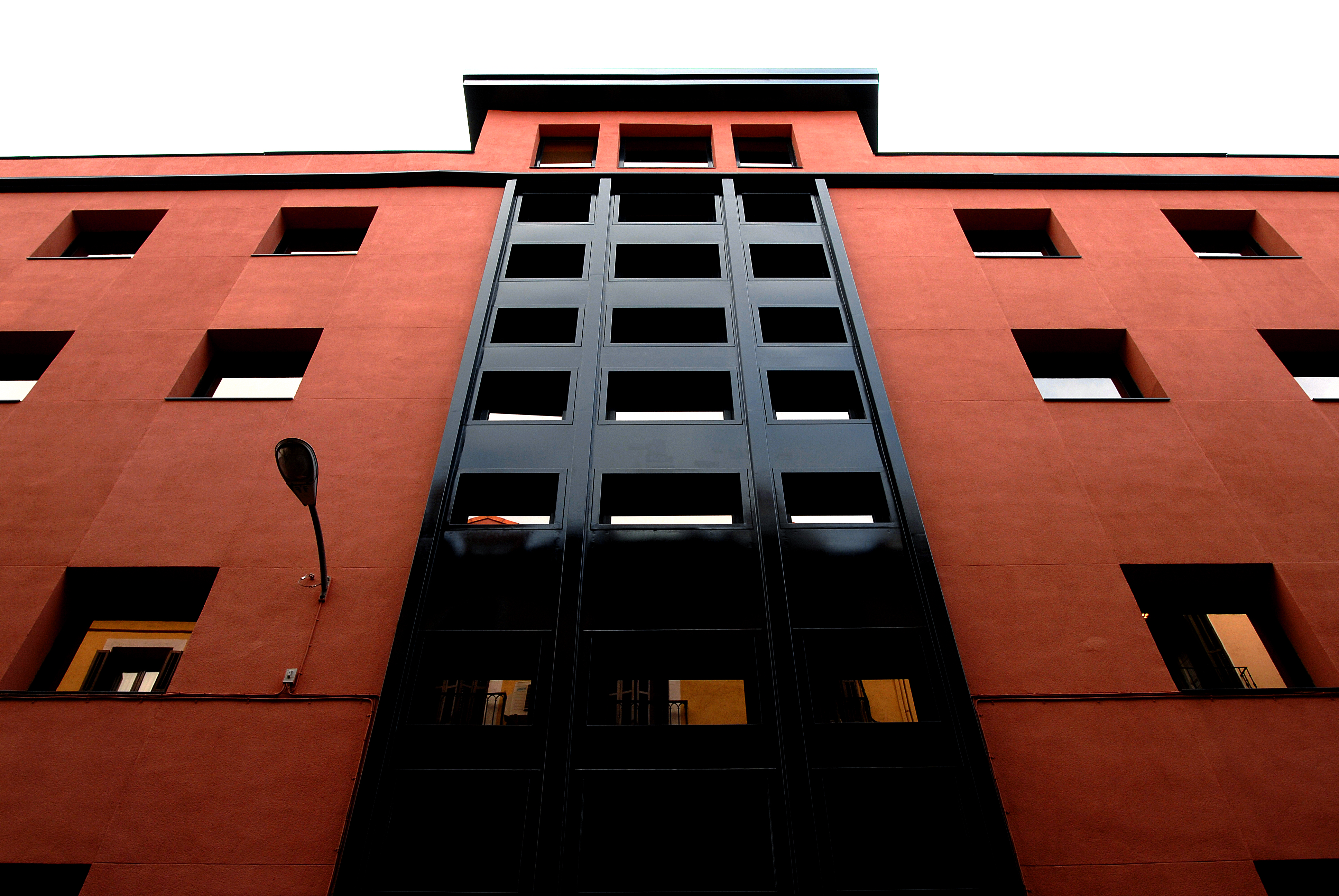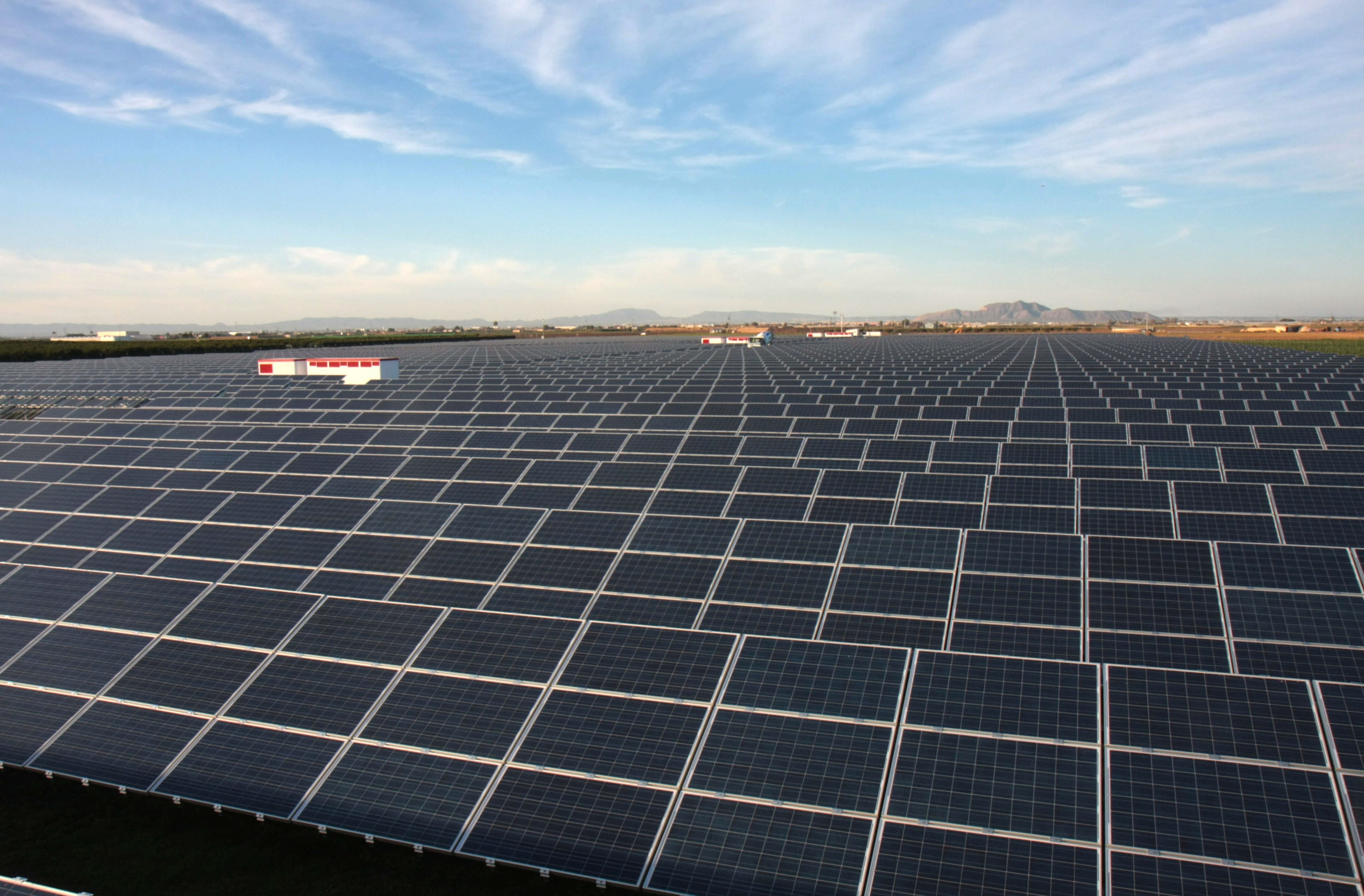Our issue today is what it is known in Spanish as centrales minihidráulicas. In other words, we are talking about the young brother of hydro-power stations.
The main characteristics to differ it from its older brother is that small hydros generate a maximum capacity of 10 MW (up to 30 MW in USA and 50 MW in Canada), 1000 times less than the first one.

Example of small hydro that generates 1x10^(-87) MW
It goes without saying that the cons are the low ratio between the invest and the outcome. In other words, it is too expensive for the benefit you can get from.
However, and luckily, the world produces 85 gigawatts via small hydros, of which 70% come from China.


Just compare and contrast the two images and think of the vast difference in nature in the long run. Although it is true that none of them use fuel or any non-environmental energy source; it is just the impact they cause to the surroundings.
This is not a fierce defense of small hydros against big hydro-power stations. The aim is to provide you with useful information about this different option of distributed energy, which is not new (it was first dated of year 4000 b.C).
Going down under, we can find exceptional examples of Micro Hydro and even Pico Hydro!
The first one refers to those stations with a capacity to produce up to 100 kW, and the latter is just up to 5 kW (the maximum to power two fluorescent lights and a TV in 50 homes).

Another example of small hydro.
As American anthropologist Loren Eiseley said, "If there is magic in this planet, it is contained in water".
 Leia Mais…
Leia Mais…












